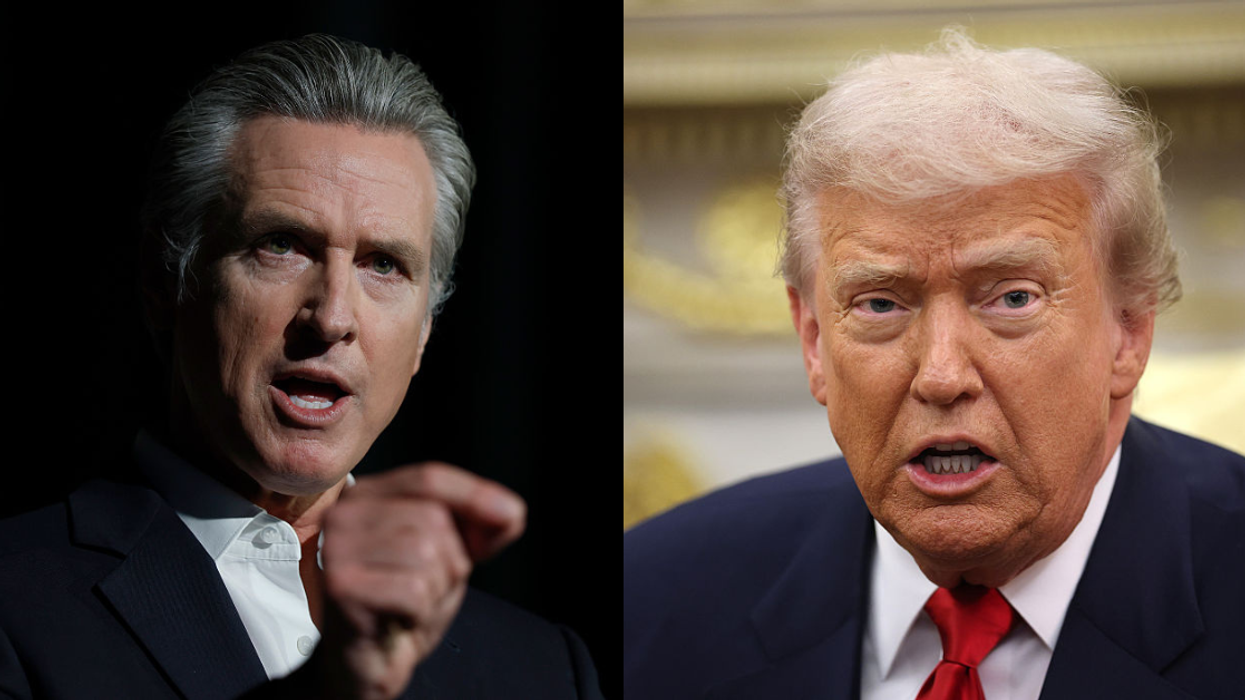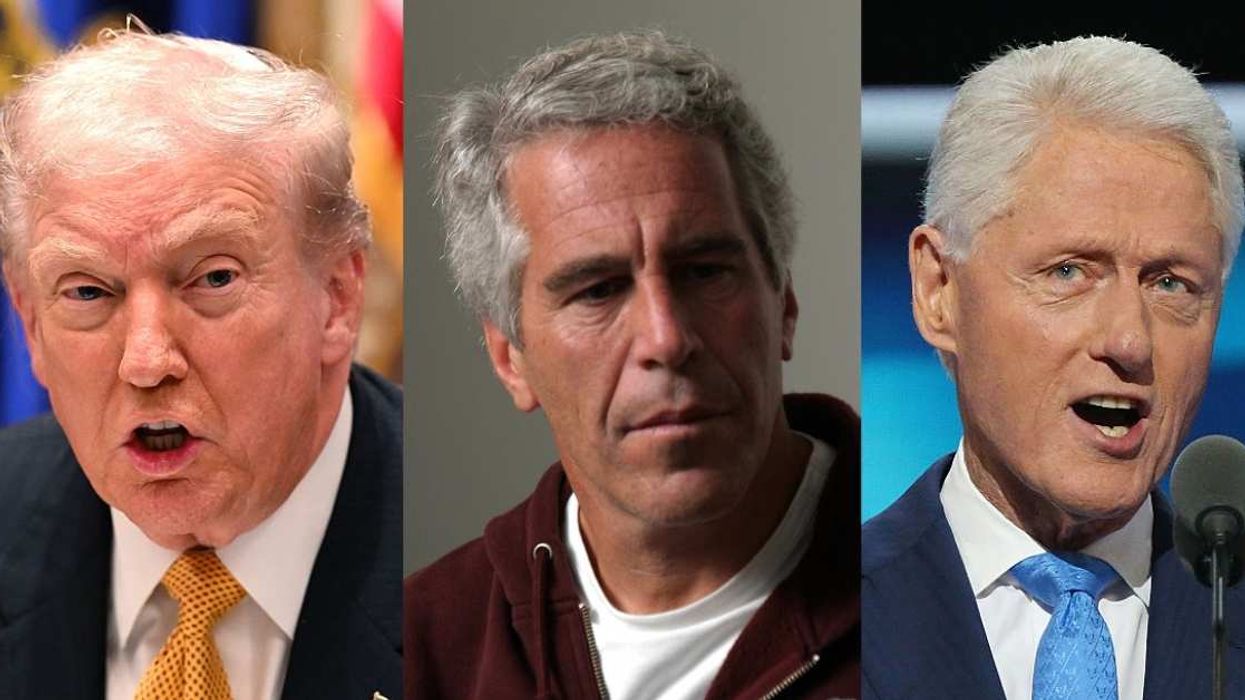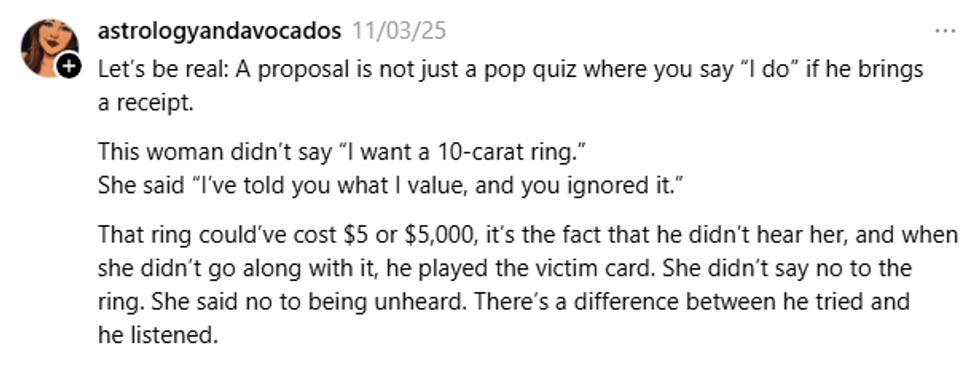On October 16, 1968, in Mexico City, black Olympic medal winners Tommie Smith and John Carlos raised their fists in a powerful statement of protest for civil rights while standing on the winner's platform.
Life magazine photographer John Dominis captured the iconic silent protest that became a profound image representing Black Power for decades.
"I didn't think it was a big news event," the late photographer told Smithsonian Magazine in 2008. "I hardly noticed what was happening when I was shooting."
In the famous photograph, Smith – who won the gold medal for the 200-meter dash – is seen in the middle while bronze-medalist Carlos stood to the right.
But not much was known then about the third athlete, who is white, in the photo.
Thanks to a South African author, he reminds us about Peter Norman's remarkable and heartbreaking story.
Australian sprinter Peter Norman won the silver medal that year. He was also standing in solidarity with his black competitors, according to South African author, Khaya Dlanga.
To protest the hypocrisy of the United States – which at the time claimed to uphold the freedoms of people around the world but neglected the rights of African Americans – Smith and Carlos mentioned to Norman they would raise their gloved hands during the National Anthem.
But, because Carlos forgot his gloves for the ceremony, the Australian athlete reportedly suggested they both share Smith's gloves by wearing one on each hand, which would explain why the Olympians raised different arms.
Norman expressed his solidarity for equality by sporting a badge that read: "Olympic Project for Human Rights." The organization indicated by his badge protested racism in sports, according to Seattle Times.
Dlanga chronicled the result of Norman's involvement in the protest that would continue plaguing him for years. The revelation of the third athlete's actions and consequences is truly heartbreaking.
Norman's decision to show his solidarity affected his future participation in the Olympics.
His reputation affected him back home, but it didn't detract him from his fight for justice and equality.
Things could have turned around for Norman. But he remained steadfast in his convictions.
Dlanga said that the Australian Parliament offered Norman an apology and awarded him with Australia's highest Olympic honor – the Order of Merit – in 2012, six years after Norman died in 2006.
People were heartbroken after learning about the person seldom mentioned in the photograph.
There were few who believe Australia still has a ways to go.
Smith and Carlos dealt with their own swift repercussions following the Olympic awards ceremony. They were removed from the Olympic stadium after the crowd responded to their protest with boos during the National Anthem.
They were ordered to leave Mexico City and were suspended by the U.S. track team once they were back in the States.
But their silent protest made an indelible mark at a time America was at war in Vietnam and various cities had experienced riots in the wake of Martin Luther King Jr.'s assassination.
In the documentary Black Power Salute, Olympic gold medalist Edwin Moses commented on the impact of the athletes in protest.
"Tommie and John putting their fists in the air was something that Americans really connected to because everyone was in some type of dissent in America to something."
In 2006, Smith and Carlos attended Norman's funeral as his pallbearers.
In 2005, a statue commemorating Smith and Carlos was erected, but Norman asked that the sculptor leave the spot reserved for the silver medalist to remain vacant, so that others may pose with the former Olympians in solidarity.
Even up until his death in 2006, Norman never wavered.
H/T - BoredPanda, Twitter, SeattleTimes








 @realDonaldTrump/Truth Social
@realDonaldTrump/Truth Social @realDonaldTrump/Truth Social
@realDonaldTrump/Truth Social @P78/Truth Social
@P78/Truth Social






 big brother pop GIF by Big Brother After Dark
big brother pop GIF by Big Brother After Dark 
 Unimpressed Get It Together GIF
Unimpressed Get It Together GIF  The Bachelor Shut Up GIF by BuzzFeed
The Bachelor Shut Up GIF by BuzzFeed  customer service waiter GIF
customer service waiter GIF 
 @prissyxoxo25/Threads
@prissyxoxo25/Threads @prissyxoxo25/Threads
@prissyxoxo25/Threads @prissyxoxo25/Threads
@prissyxoxo25/Threads @prissyxoxo25/Threads
@prissyxoxo25/Threads @prissyxoxo25/Threads
@prissyxoxo25/Threads @prissyxoxo25/Threads
@prissyxoxo25/Threads @prissyxoxo25/Threads
@prissyxoxo25/Threads @prissyxoxo25/Threads
@prissyxoxo25/Threads @prissyxoxo25/Threads
@prissyxoxo25/Threads @prissyxoxo25/Threads
@prissyxoxo25/Threads @prissyxoxo25/Threads
@prissyxoxo25/Threads @prissyxoxo25/Threads
@prissyxoxo25/Threads @prissyxoxo25/Threads
@prissyxoxo25/Threads
 @randomthoughts2226/TikTok
@randomthoughts2226/TikTok @randomthoughts2226/TikTok
@randomthoughts2226/TikTok @randomthoughts2226/TikTok
@randomthoughts2226/TikTok @randomthoughts2226/TikTok
@randomthoughts2226/TikTok @randomthoughts2226/TikTok
@randomthoughts2226/TikTok @randomthoughts2226/TikTok
@randomthoughts2226/TikTok @randomthoughts2226/TikTok
@randomthoughts2226/TikTok @randomthoughts2226/TikTok
@randomthoughts2226/TikTok @randomthoughts2226/TikTok
@randomthoughts2226/TikTok @randomthoughts2226/TikTok
@randomthoughts2226/TikTok
 @lookitskateeee/TikTok
@lookitskateeee/TikTok @lookitskateeee/TikTok
@lookitskateeee/TikTok @lookitskateeee/TikTok
@lookitskateeee/TikTok @lookitskateeee/TikTok
@lookitskateeee/TikTok @lookitskateeee/TikTok
@lookitskateeee/TikTok @lookitskateeee/TikTok
@lookitskateeee/TikTok @lookitskateeee/TikTok
@lookitskateeee/TikTok @lookitskateeee/TikTok
@lookitskateeee/TikTok @lookitskateeee/TikTok
@lookitskateeee/TikTok @lookitskateeee/TikTok
@lookitskateeee/TikTok